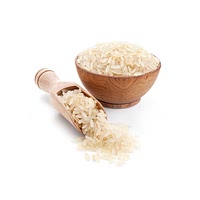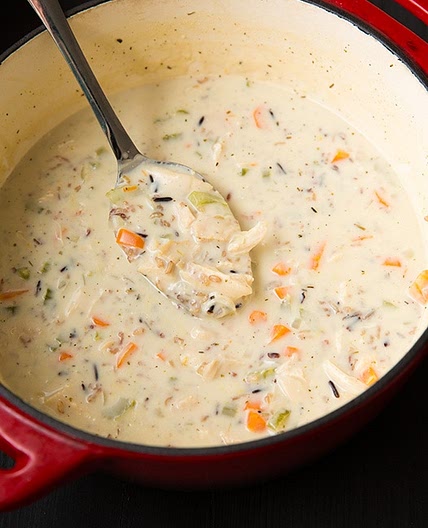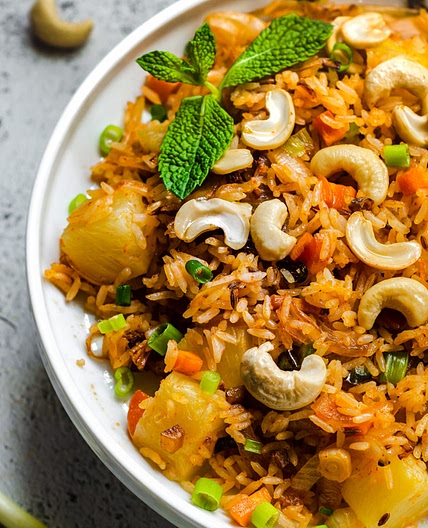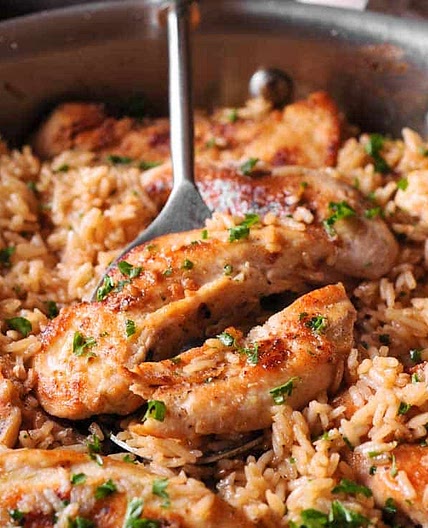Rice
 Pantry
PantryFrom pilaf to paella, rice is a staple ingredient that can be found in many popular dishes and cuisines throughout the world. In fact, rice is the most widely consumed staple food by over half the world’s population. Rice varieties are primarily categorized by length. The length of the grain indicates the texture of the rice when cooked, and as a result, its best use. Long grain rice has a low starch content and produces light and drier grains that don’t stick together when cooked. Popular types include basmati and jasmine rice. Medium grain rice has less starch than short-grained rice, resulting in a moister and fluffier rice that will clump when cooled. Arborio and Calrose are common medium-grain rice. Short grain rice has a high starch content, and is sticky when cooked. This causes it to clump together easily. Common types include Japanese short-grain rice and Spanish bomba rice. When it comes to cooking, you may be wondering if the different types of rice can be used interchangeably. Although you could in some instances, it really depends on the dish. For instance, basmati rice wouldn’t be ideal for making sushi, which requires a stickier, clumping rice to keep its form. When deciding on which type of rice to use, consider the texture you’re looking to achieve. Dry and light = long-grain. Moist and creamy = medium-grain. Sticky and clumpy = short-grain. The difference between brown and white rice all comes down to how they’re processed. A grain of rice consists of a hull, bran, endosperm, and germ. The hull is the non-edible outer shell which is always removed. Under the hull is the bran, a nutrient-rich layer that is usually brown in color. For brown rice, the bran stays intact. This results in a nuttier, chewier, and whole grain rice that’s rich with fiber and other nutrients like B vitamins. In white rice, both the bran and germ are removed along with many of the nutrients. Because of this white rice is considered to be a refined grain.
Rice nutrition and vitamin info per 100g
| Energy | 365 | kcal |
| Total Fat | 0.6600000262260437 | g |
| Carbohydrate Total | 79.94999694824219 | g |
| Sugars | 0.11999999731779099 | g |
| Protein | 7.130000114440918 | g |
| Sodium | 5 | mg |
| Fiber | 1.2999999523162842 | g |
10000+ recipes to cook with Rice
Next PageRice substitutes
- Regular substitute
Rice equivalents and varieties
Rice cooking tips
 Mohammed Bilal
Mohammed BilalCooking rice is cooker is easier than in pot
 Samsung Food
Samsung FoodA cup of white rice will take about 17 minutes to cook.
 Samsung Food
Samsung FoodOnce water starts to boil, reduce the heat, cover the pot and keep at simmer (just below the boiling point).
 Samsung Food
Samsung FoodThe best water ratio for cooking white rice is 2 cups of water per cup of rice.







